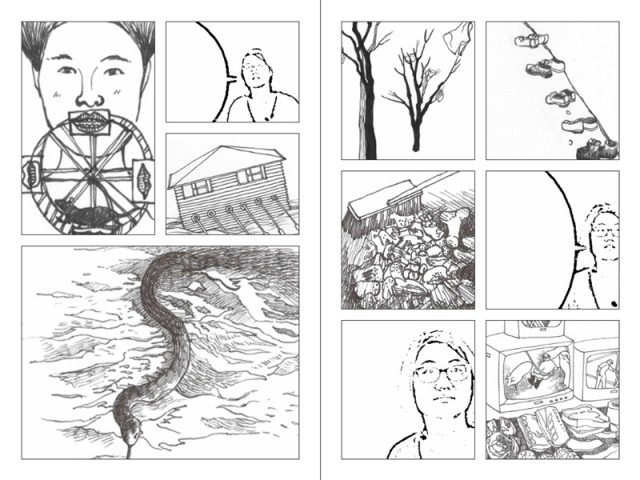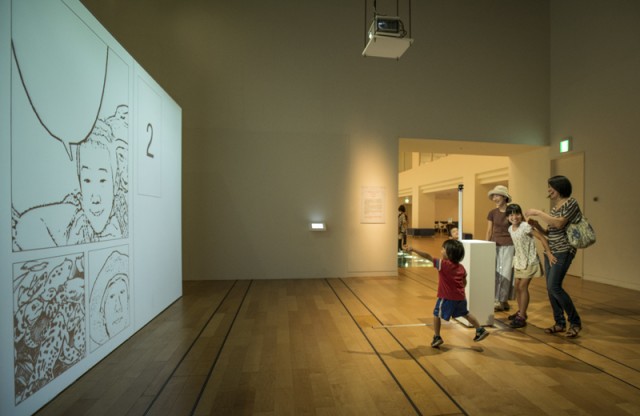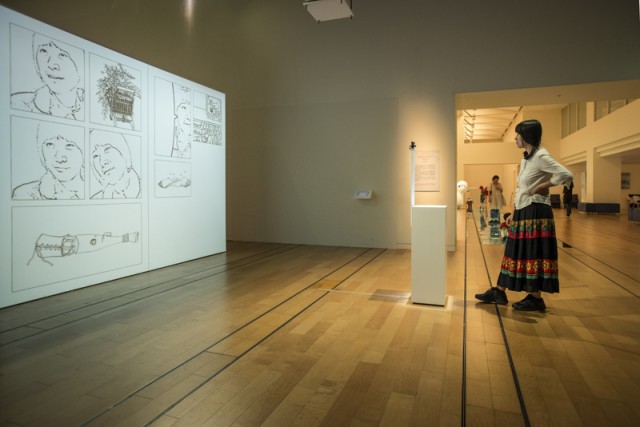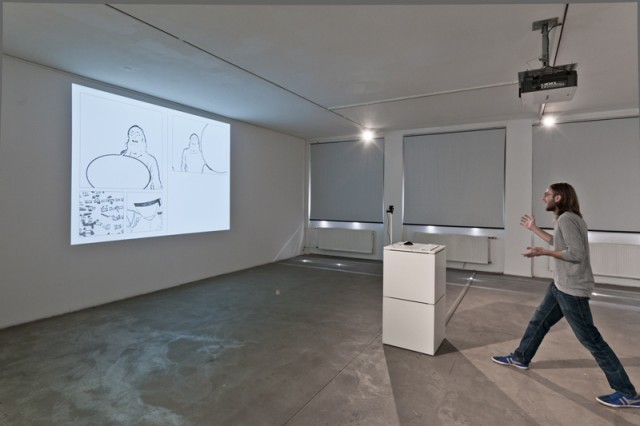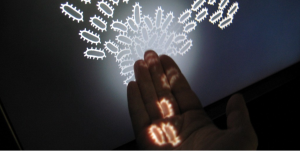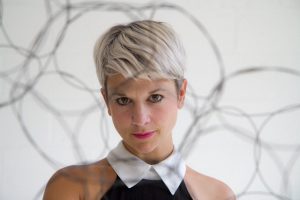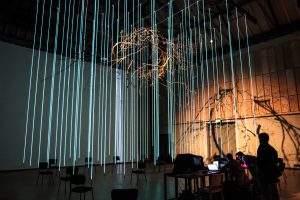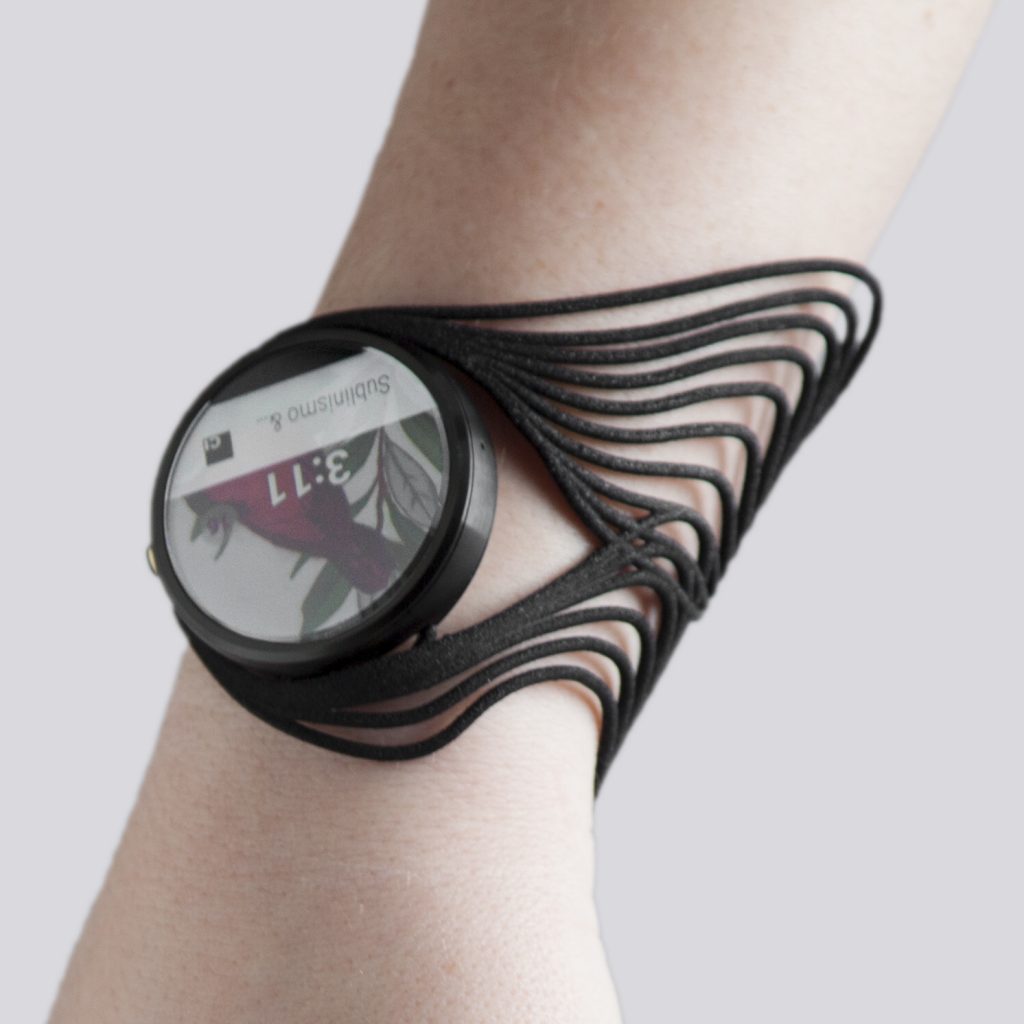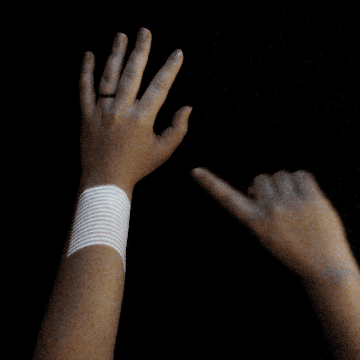
by Golan Levin, Chris Sugrue, and Kyle McDonald
2014
Chris Sugrue is an artist and programmer who devotes herself into making interactive installation, performances and experimental interfaces. She holds a Masters degree from Parsons School of Design, and worked as a creative engineer at the Ars Eletronica Futurelab. Her work received first prize from Share Festival, and were honored with Design of the Year award for interactive category.
Her project “Augmented Hand Series” provides an engaging, real-time, playful and dreamlike experience. The project uses motion sensors to detect visitor’s hand, and displays a reimagined hand that might have extra fingers or shorter fingers. Chris collaborated with two other artists Golan Levin and Kyle McDonald. The project is amazing because it brings the impossible to seem so real while giving the visitors total freedom to “transform” their hand among a bunch of choices.
![[OLD – FALL 2016] 15-104 • COMPUTING for CREATIVE PRACTICE](../../../../wp-content/uploads/2020/08/stop-banner.png)



